
All images courtesy of Getty Images
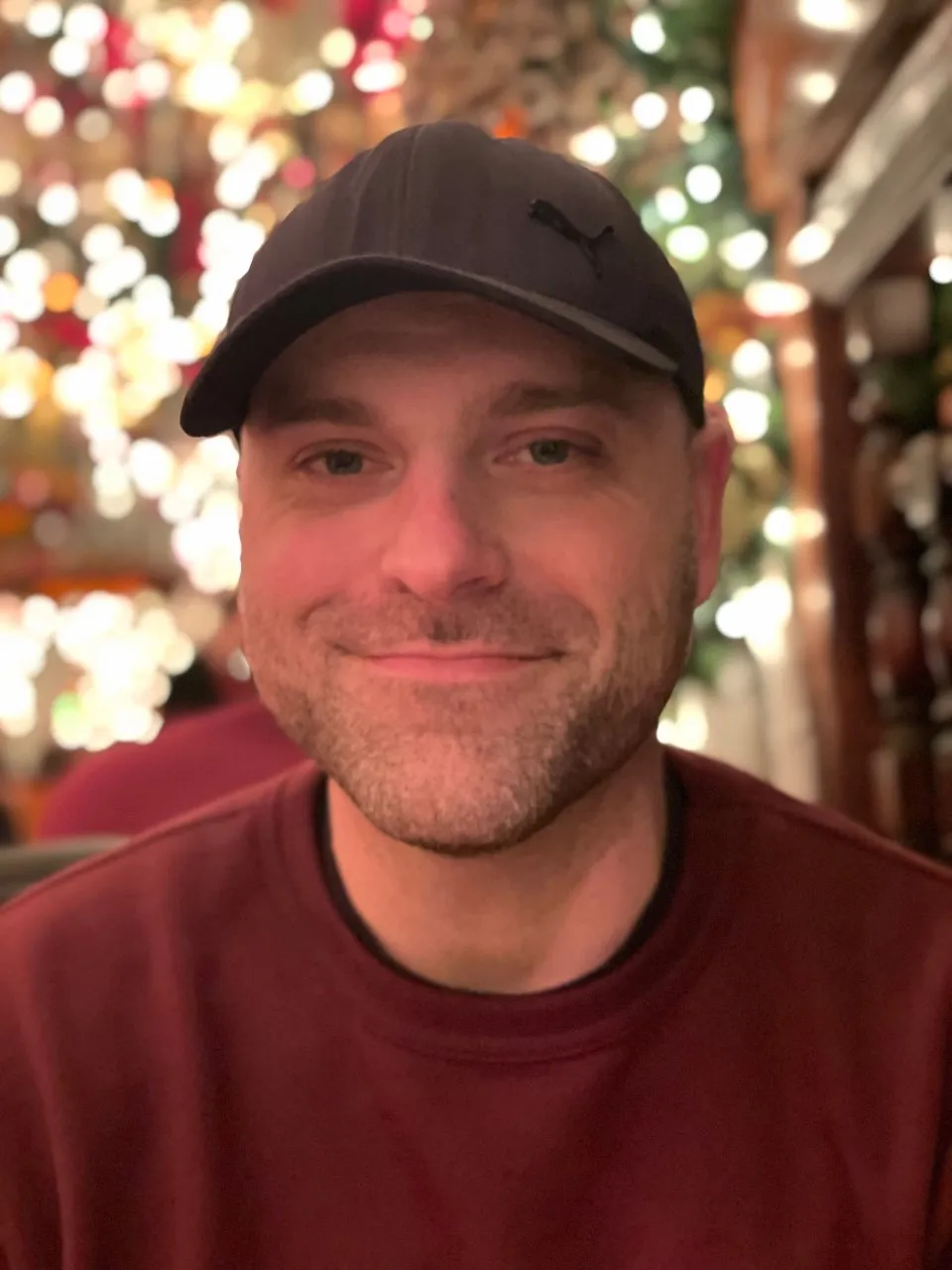
By Andrew Daly
[email protected]
If you grew up in the 1980s or 90s, then you know the world back then was a very different place than it is now. The streets and parks were littered with latch-key kids, who were allowed to roam freely for hours and even days without guidance or supervision. I know this because I was one of them.
Yes, back then, we would leave our houses via bike or skateboard and head to places unknown to our parents. Kids would wander around the woods, or head to water parks like Action Park or Splish Splash and when we would come home after dark covered in cuts, bruises, and bug bites, our faces and arms streaked in mud and blood, our parents would hardly bat an eye. I distinctly remember waking up early one Summer morning in the late 90s and heading down to the basement, collecting pieces of scrap wood from around my Dad’s “shop,” firing up the DeWalt table saw, and cutting pieces of wood to build a ramp for me and friends to jump on our cool GT and Mongoose BMX bikes. I was no more than ten or eleven years old. Like I said – it was a different time.
Not all parents were completely complacent however and in the 1980s, a large group of parents found themselves on the complete other end of the spectrum when the “Satanic Panic” hit. What’s the Satanic Panic you ask? In the grand scheme of things, it was a micro-phenomena, nothing more than a bizarre footnote in both American and musical history. Nonetheless, it was a huge part of many kids’ upbringing and it cannot be forgotten or understated. You know those little black and white parental advisory stickers you see on the corners of certain albums? Well, that is the end result of the Satanic Panic.
In the late 60s and well into the 1970s, counterculture, more specifically, occult counterculture had managed to work its way into suburban neighborhoods through both music and film, but mostly music. More specifically, hard rock music, with bands such as Coven, Led Zeppelin, ACϟDC, Comus, Black Sabbath, and Alice Cooper all dabbling in occult and pagan imagery in their music and sometimes even in their stage shows.
By the dawn of the 1980s, heavy metal bands such as Iron Maiden, Venom, and Judas Priest had full-on joined the party and lines were being heavily blurred. Now, it’s important to remember that the 80s were a very weird time in general. The Cold War was still raging and at the same time, the traditional social structures of the 50s, 60s, and early 70s had been eroding and were now breaking down. The end result was a youth culture moving in a startling new direction. These were teens old beyond their years, who were shunning their burnt-out, hippy parents and their boring pop music in favor of more edgy and abrasive music such as Motley Crüe, Twisted Sister, and Def Leppard. Even the Pop music of the day was edgier with stars such as Madonna, Cyndi Lauper, and Prince oozing sex from every orifice. Some handled the transition well and others truly felt it was the Devil’s work and that their kids were now in danger.
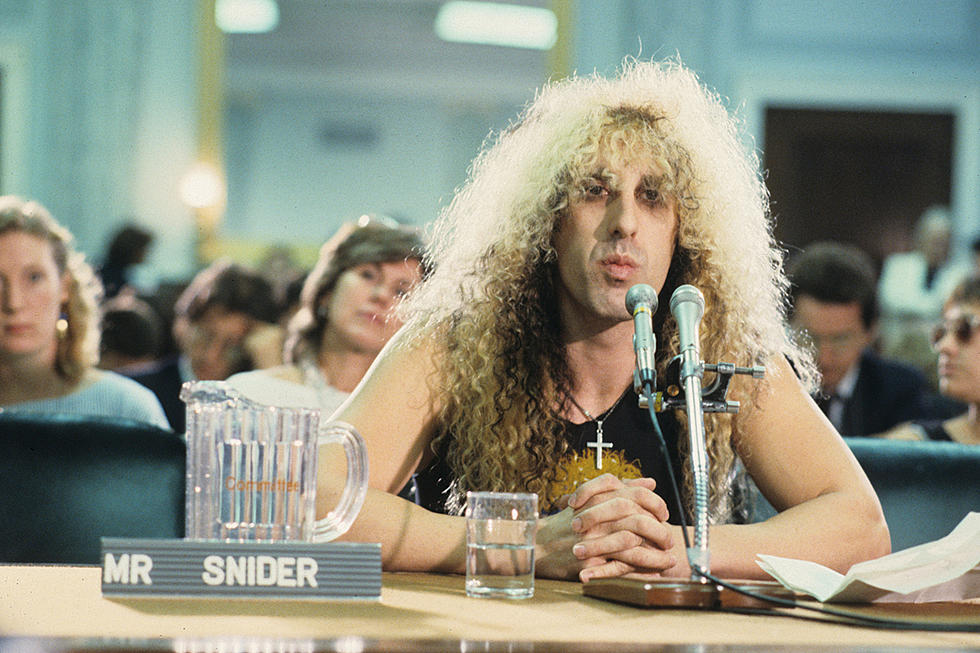
Enter Tipper Gore. Most of you know former Vice President Al Gore. Well, Tipper was his wife. Tipper Gore became the poster child for parents who feared their children were succumbing to Satan himself via hard rock, pop, and heavy metal music. You see, it’s not just that Tipper and her cohorts weren’t afraid of Satan via music – they were afraid period.
In the early 1980s, America was in the midst of a major cultural shakeup, one which saw the death of the supposed “American family.” More women were in the workplace, divorce rates were surging and for the first time ever, parents were leaving their kids to be watched by babysitters, or even to watch over themselves. Oftentimes, parents had no clue what their kids were up to after school, as they weren’t home to watch them. So, this new generation of latch-key rebels bred teens who had no interest in talking to their parents at all. The legitimate worry parents felt, combined with tabloids beginning to run stories of Satanic cults and Devil worship through music made it all too easy for dumbfounded parents to believe this was a legitimate threat.
By the mid-80s, at least in parents’ minds, Satan lurked in the shadows of every suburb in America. Deranged reports of ritual sacrifice were afoot and parents began throwing away their children’s heavy metal, punk, and rock records to protect them, and then, in the midst of all this, Prince released “Darling Niki.”
The story goes that Tipper Gore purchased a copy of Prince’s Purple Rain for her eleven-year-old daughter and brought it home to sit down and listen together. It was to be a truly joyful mother-daughter bonding moment, except that it wasn’t. Poor Tipper’s virgin ears simply couldn’t handle the supposedly vulgar “Darling Nikki,” a song that she interpreted to be about sex and masturbation. Tipper was so mortified that she immediately knew that she had to take a stand.
In short order, Tipper, with other fellow Washington Wives by her side, formed what would become the diabolical, propaganda-spreading Parents Music Resource Center, also known as the PMRC. Their first course of action was to lead a smear campaign on fifteen arbitrarily chosen songs and artists, which they called “The Filthy Fifteen List.” Artists such as ACϟDC, Prince, Sheena Easton, Madonna, and more were labeled as, “Keeping in theme with supposed sexual, pro-drug and occult ties.”
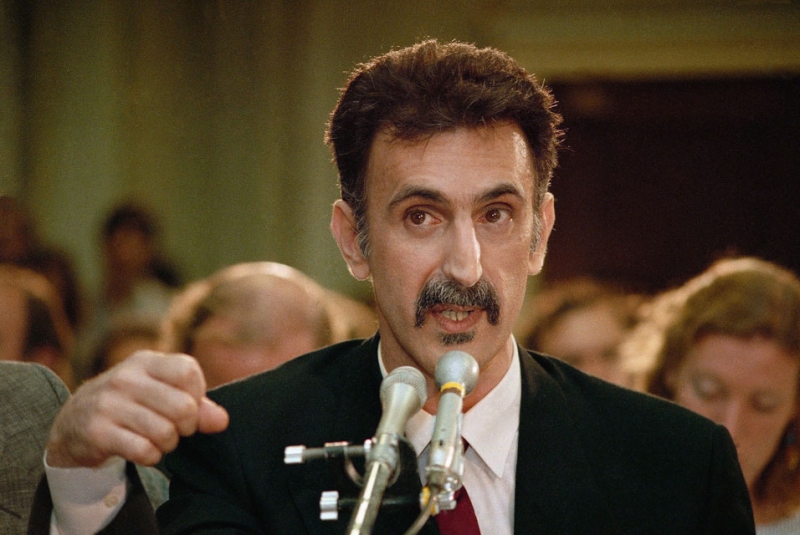
According to Tipper Gore, the PMRC sought to, “Save children from raunch, and sleaze by instituting a mandatory rating system,” which became the genesis of the black and white parental advisory stickers we have all come to know and hate. As all of this intensified and came to a head, it was Rock music that came under very real fire and in 1985, before a Senate Committee, the infamous PMRC Hearings were held. It was here that the likes of Frank Zappa, John Denver, and Dee Snider of Twisted Sister were forced to testify and defend their art to the Senate Committee. The end result was nothing more than a sticker in the corner of our albums, but the legend of all of this still lives on.
At its height, the PMRC only consisted of twenty-two members before it officially disbanded in the mid-90s. How is it that such a small group, made so much noise? More so, what exactly was the PMRC’s true impact? In truth, much to Tipper Gore’s chagrin, she didn’t make much of an impact on the recording industry at all. As I said, the 80s and 90s were weird times. Kids simply didn’t care. Think about it, rebellion was in the air. What do kids do when they’re told no? What happens when boring parents brand something as taboo? Simple – the kids want it more and they’re going to find ways to get it, at any cost, with no regard for what happens along the way.
In the end, Satanic Panic didn’t do much to hurt Heavy Metal. If anything, it made it that much more enticing to the youth of America, and the band’s albums sold better than ever. Tipper Gore’s lasting impact is that of a cultural one. Yes, the true effect was the odd memories teens of the 80s are now left with. The 1980s now have something of a shadow over them, as people look back on the era as one associated with oppression and restrictions fueled by media and smear campaigns.
As the 80s came to a close and the 90s dawned, those groups of teens became adults and they were left with warped memories and not a whole lot of answers. Eventually, the crusade against heavy metal via censorship faded and the PMRC faded away as well with nothing more than a pitiful murmur. Still, Tipper Gore and her friends have a lot to answer for. The hateful lies and propaganda she spread through her own illogical fears and insecurities caused thousands of parents to live in fear, countless teens to feel repressed and angst and innocent artists to come under intense hatred and scrutiny that they never should have had to endure.
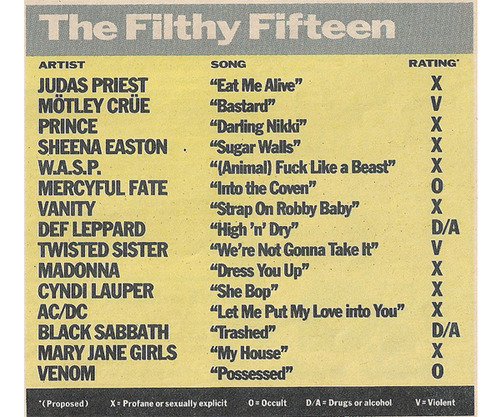
I was born in 1988, so I am in effect a child of the 90s, but I still remember visiting my local record shop, Looney Tunes, and trying (and failing) to peel away that little black and white parental guidance sticker from Blink-182’s Enema of the State so that I would be allowed to have it. I recall being upset that I couldn’t own that CD. My Mother, at the time, was too overprotective and sought to shield me from music. So, I pirated the song off the local radio station via cassette, and like so many kids before, I hid in my room and listened to my favorite music at low volumes, or with headphones.
Eventually, I did what those before me had and told my Mom to screw off and I blasted my music full force. As oddly common as that situation was, I guess that’s what being a kid was in the 80s and 90s. There was always a hint of secrecy, rebellion, and a great divide between what your parents thought they knew to be true and what actually was true. While the Satanic Panic has long ended, even in the 90s we were still feeling its effects, and for that Tipper Gore and the PMRC should have to answer for their sins.
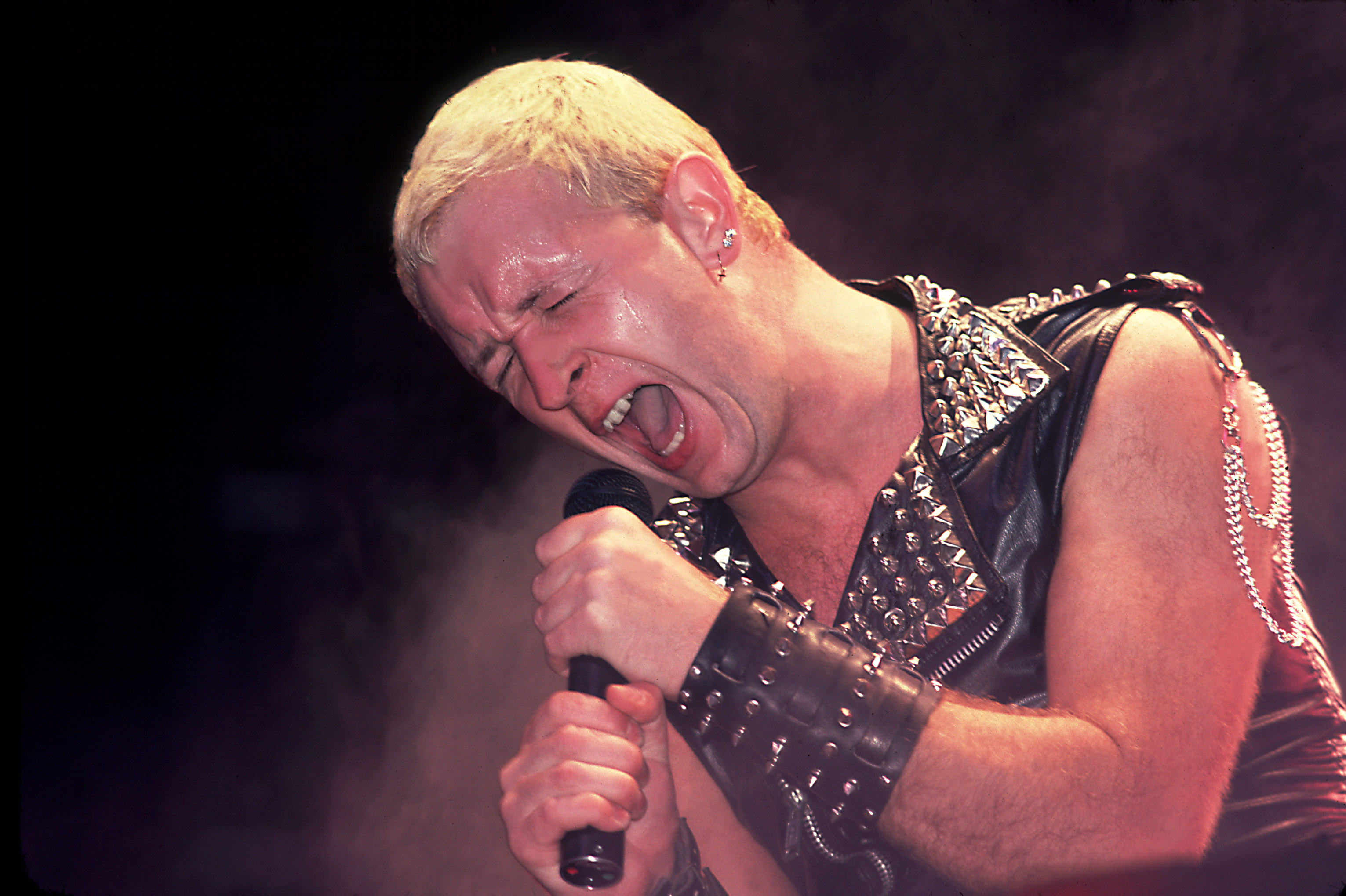
In the present day, we live in a very different world. These days, sex, gore, profanity and so much more are everywhere and anywhere. Some care. Some don’t. With the advent of the Internet and smartphones, kids have access to things that Tipper Gore and the PMRC never could have dreamed up in their wildest of imaginations. Today’s generation of kids certainly has more freedoms and access than many of us ever did. Kids are no longer under the same control they once were from their parents and their teachers, and while it’s nice that children are allowed to be themselves, I can’t help but wonder if we’ve gone too far in the other direction.
I still recall days past of twenty or thirty years ago, when there was something fun about heading out on your bike and going and doing whatever you wanted, with your parents having no way to contact you, or truly know what you were up to. Sure, sometimes those days ended in disaster and you being grounded, but you had fun and you always had a story to tell. The days of going to your friend’s house, and listening to Nirvana‘s Nevermind on CD and drinking some of his Dad’s beers in the basement (Yes, I did this. I was eleven), and then coming home with your parents none the wiser are sort of gone.
With cell phones, parents know their kids every move and kids have so much access that they seem to be more bored and more depressed than ever. The rush and wonder of wondering if would get caught is no more. That feeling of knowing you beat the system (was there ever a better feeling?) is dead.
So, which is it? Who had it better? The rebellious, repressed, angsty thrill-seeking, devil-worshiping kids of the 80s and 90s, or the chubby, entitled, technology-laden, too in touch with their feelings and emotions kids of today? Sure, kids today can listen to whatever they want from the comforts of their mobile phones, but where’s the adventure? Where’s the sneaking out at night and heading to the record store to buy bootleg KISS concert VHS tapes, or the new Slayer and Dead Kennedys album?
Yes, kids today can hang out with all their friends via Zoom, or Facetime, but I’ll still take lying to my parents about sleeping at a friend’s house and going to a basement keg party any day. Rebellion is a part of being a teenager and when it comes to parents, what they don’t know can’t hurt them and I know I personally got a lot of satisfaction telling my Dad the things I did later in life. All the things he never knew. All the times I got one over on him. I don’t know if today’s kids will have too many of those stories and so, it’s no wonder they’re so bored and depressed. I tell my younger cousins stories of the things I used to do and they look at me like a deer in headlights. They simply can’t fathom it.
Maybe I am romanticizing the past, or maybe I just had an odd childhood. Either way, kids today have no sense of adventure anymore and I’ve come to realize that maybe a little panic in society isn’t such a bad thing after all. Kids have to build character somehow. Don’t they?
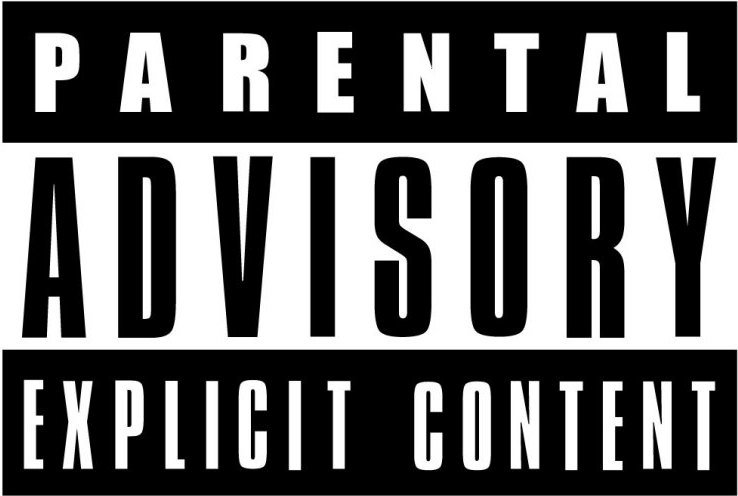
– Andrew Daly (@vwmusicrocks) is the Editor-in-Chief for www.vwmusicrocks.com and may be reached at [email protected]
